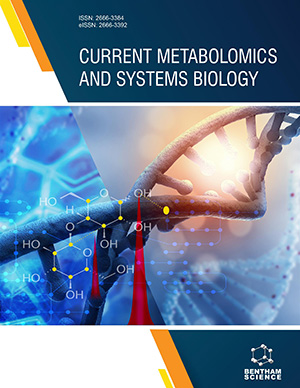Abstract
Background: With the increasing focus of metabolomic methods on obesityrelated diseases, it is important to consider how sample handling may need to be adapted for the high compositions of lipids that can occur in such subjects.
Introduction: High-lipid (cloudy, milky appearances; a.k.a. lipemic) biofluids are common in very high BMI subjects. Organic extractions of biofluids are useful for removing protein backgrounds, inactivating capsid viruses, and yielding relatively stable samples with excellent spectroscopic characteristics. This work considered how acetonitrile extractions, which are widely used, perform on lipemic sera.
Results: In this technical note, we report the observation and remediation of a liquid-liquid phase separation in acetonitrile extractions of many lipemic sera. This unexpected behavior can be challenging to identify, especially if working with small volumes. The liquid-liquid separation shows a high miscibility of proteins in both liquid phases that impairs NMR data quality. We also report a simple temperature-based adaption of the acetonitrile extraction procedure that consistently results in a single aqueous phase and eliminates unwanted constituents.
Conclusion: A robust approach to achieving reproducible, high quality samples of aqueous metabolites from lipemic sera from very high BMI subjects should be of utility in expanding metabolomics applications to lipemic biofluids.
Keywords: Acetonitrile, organic, extraction, lipemic, BMI, NMR, phase separation.
Graphical Abstract
[http://dx.doi.org/10.1016/j.clinbiochem.2018.02.001] [PMID: 29432757]
[http://dx.doi.org/10.3390/ijms17111841] [PMID: 27827927]
[http://dx.doi.org/10.1155/2016/3898502] [PMID: 26636104]
[http://dx.doi.org/10.1016/j.cmet.2016.09.018] [PMID: 28094011]
[http://dx.doi.org/10.2337/db09-0580] [PMID: 19875619]
[http://dx.doi.org/10.1007/s11892-016-0763-1] [PMID: 27319324]
[http://dx.doi.org/10.1111/1753-0407.12645] [PMID: 29369529]
[http://dx.doi.org/10.1038/nm.2307] [PMID: 21423183]
[http://dx.doi.org/10.2174/2213235X04666160711160340]
[http://dx.doi.org/10.1021/ac503651e] [PMID: 25485990]
[http://dx.doi.org/10.1002/cmr.a.20223]
[http://dx.doi.org/10.1016/j.cej.2013.08.035]
[http://dx.doi.org/10.1021/je1003115]
[http://dx.doi.org/10.2116/bunsekikagaku.33.3_159]
[http://dx.doi.org/10.1080/10826076.2017.1308379]
[http://dx.doi.org/10.1016/j.jct.2012.03.026]
[http://dx.doi.org/10.1016/0956-9618(94)80031-6]
[http://dx.doi.org/10.1007/s11306-008-0103-9]
[http://dx.doi.org/10.1007/BF00398414] [PMID: 22911388]
[http://dx.doi.org/10.1016/j.jmr.2015.07.014] [PMID: 26476597]
 9
9 1
1





















